Have you ever wondered what makes Hawaii’s natural environment so incredibly diverse and captivating? Well, let’s take a journey together and explore the unique flora and fauna that call this tropical paradise home. From vibrant flowers and towering palm trees to colorful birds and fascinating marine life, Hawaii’s ecosystems are teeming with a plethora of species found nowhere else on Earth. So, grab your sunblock, put on your hiking boots, and get ready to discover the extraordinary beauty and biodiversity that awaits you on the islands of Hawaii.
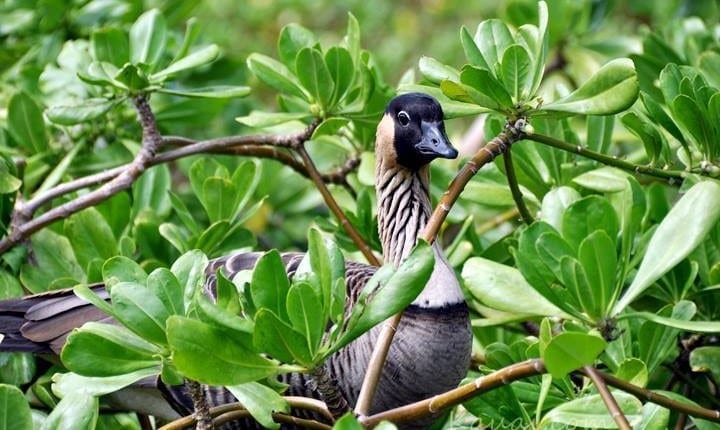
Introduction
Welcome to the beautiful islands of Hawaii, a paradise renowned for its stunning landscapes, pristine beaches, and vibrant culture. Beyond its natural beauty, Hawaii is also home to a remarkable array of unique flora and fauna. From lush rainforests to biodiverse coral reefs, this article will provide a comprehensive overview of Hawaii’s biodiversity, highlighting its native plants, endemic species, threats to its flora and fauna, conservation efforts, important bird areas, coral reefs, and unique insects.
Overview of Hawaii’s Biodiversity
Hawaii’s isolation in the middle of the Pacific Ocean has fostered the evolution of a distinct and remarkable range of flora and fauna. The islands are known for their two primary types of biodiversity: terrestrial and marine.
Terrestrial Biodiversity
Hawaii’s terrestrial biodiversity is incredibly diverse and encompasses a wide range of ecosystems, including rainforests, dry forests, shrublands, and grasslands. These habitats are home to an abundance of unique plants and animals.
Marine Biodiversity
The marine ecosystems surrounding the Hawaiian islands are equally diverse and fascinating. The warm waters are teeming with a variety of marine life, including colorful fish, dolphins, whales, and endangered sea turtles. The coral reefs that dot the coastline are particularly notable for their breathtaking beauty and ecological significance.
Native Plants of Hawaii
Hawaii boasts a stunning array of native plants, many of which can only be found on these islands. These plants have adapted to the unique climatic and environmental conditions of Hawaii, resulting in the development of remarkable botanical diversity.
Koa Trees
Koa trees (Acacia koa) are iconic to the islands and are highly valued for their beautiful wood. These magnificent trees can grow up to 100 feet tall and are an important part of Hawaii’s cultural heritage.
Hibiscus
Hawaii’s state flower, the hibiscus, is a vibrant and eye-catching plant that comes in a wide range of colors. From its distinctive blooms to its glossy leaves, the hibiscus adds a touch of tropical charm to the islands.
Ohia Lehua
The ohia lehua (Metrosideros polymorpha) is a native tree with brilliant red flowers that are often used in traditional Hawaiian lei-making. This tree is a key player in the island’s ecosystem, providing habitat and food for a variety of birds and insects.
Mauna Loa Silversword
The Mauna Loa silversword (Argyroxiphium kauense) is a rare and unique plant found only on the slopes of the Mauna Loa volcano. With its silvery leaves and tall flower stalk, this plant is not only visually striking but also an important symbol of Hawaii’s biodiversity.
Pua Aloalo
The pua aloalo, also known as the yellow hibiscus, is Hawaii’s state flower for good reason. This stunning flower showcases the vibrant colors and beauty that are synonymous with the islands.
Endemic Species in Hawaii
Endemic species are those found exclusively in a particular region, and Hawaii boasts an impressive number of endemic species due to its isolation. These unique creatures have evolved in the absence of predators and have developed distinctive characteristics that set them apart from their mainland counterparts.
Hawaiian Honeycreepers
The Hawaiian honeycreepers are a group of small, colorful birds found only in Hawaii. With their vibrant plumage and unique beak shapes, these birds have adapted to feed on a variety of nectar, insects, and fruit, making them an essential part of Hawaii’s ecosystem.
Hawaiian Monk Seal
The Hawaiian monk seal is one of the rarest marine mammals in the world, with a population of less than 1,400 individuals. These seals are endemic to Hawaii and can be found basking on the sandy beaches or swimming in the crystal-clear waters surrounding the islands.
Nene Goose
The Nene goose, also known as the Hawaiian goose, is the state bird of Hawaii. Endemic to the islands, the Nene is a conservation success story, as its population was once dangerously low but has now made a remarkable recovery.
Hawaiian Happy Face Spider
The Hawaiian happy face spider gets its name from the unique markings on its abdomen that resemble a smiling face. Found primarily in the native rainforests of Hawaii, these colorful and distinct spiders are a testament to the islands’ incredible biodiversity.
Hawaiian Hoary Bat
The Hawaiian hoary bat is the only native land mammal in Hawaii. These small, insect-eating bats navigate the night skies of the islands, contributing to the delicate balance of Hawaii’s ecosystem.
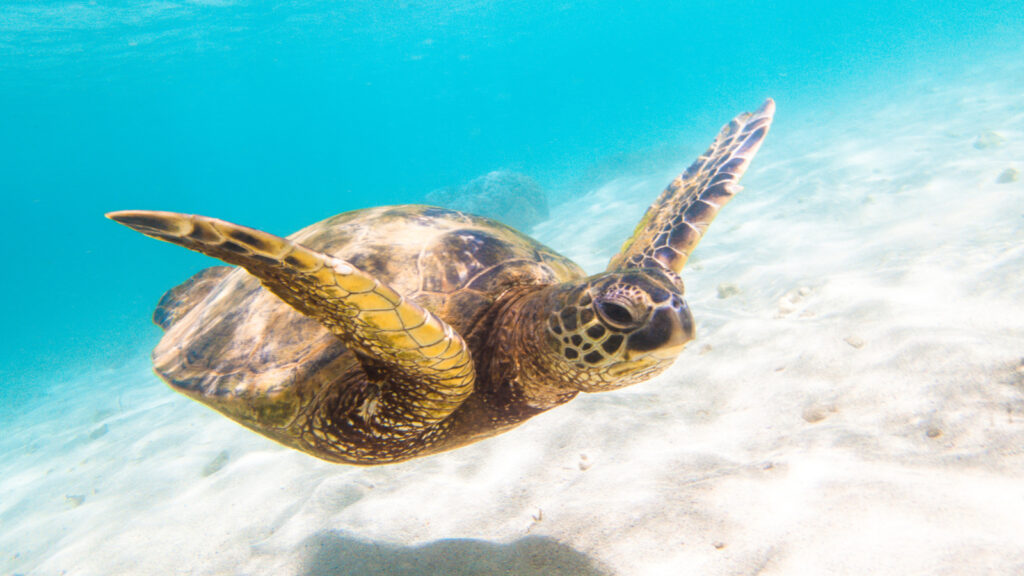
Threats to Hawaii’s Flora and Fauna
Despite its incredible biodiversity, Hawaii’s unique flora and fauna face a range of threats that jeopardize their survival and the delicate balance of the islands’ ecosystems.
Invasive Species
Invasive species pose one of the greatest threats to Hawaii’s flora and fauna. These non-native plants, animals, and insects can outcompete native species, disrupt ecosystems, and cause irreversible damage to the fragile balance of Hawaii’s biodiversity.
Habitat Loss
Habitat loss is another significant threat to Hawaii’s native plants and animals. As development and human activities encroach upon natural areas, vital habitats are destroyed, leaving species without homes or necessary resources to survive.
Climate Change
Climate change poses a growing threat to Hawaii’s flora and fauna. Rising temperatures, sea-level rise, and changing rainfall patterns can alter habitats, impact breeding cycles, and expose species to new diseases, leading to population declines and potentially extinctions.
Overharvesting
Overharvesting, particularly in the past, has left certain species vulnerable or endangered. Historically, the demand for certain species, such as the Hawaiian green sea turtle, has put immense pressure on their populations, requiring conservation efforts to prevent further decline.
Conservation Efforts in Hawaii
Recognizing the importance of preserving Hawaii’s unique flora and fauna, numerous conservation efforts are underway throughout the islands.
Protected Areas
Protected areas play a crucial role in preserving Hawaii’s biodiversity. Haleakala National Park, Hanalei National Wildlife Refuge, Kilauea Point National Wildlife Refuge, Oahu Forest National Wildlife Refuge, and Waikamoi Preserve are just a few examples of the protected areas that provide habitats for native plants and animals.
Invasive Species Control
Efforts to control and eradicate invasive species are critical in protecting Hawaii’s native flora and fauna. Organizations and government agencies work tirelessly to remove invasive species, restore habitat, and prevent their further spread.
Restoration Projects
Restoration projects aim to bring back damaged or degraded habitats and reintroduce native species. These projects contribute to the recovery and protection of Hawaii’s unique flora and fauna, ensuring that future generations can continue to experience the wonders of these islands.
Education and Outreach
Education and outreach programs are crucial in raising awareness about the importance of preserving Hawaii’s biodiversity. By engaging local communities, visitors, and future generations, these programs instill a sense of responsibility and create stewards for the islands’ natural treasures.
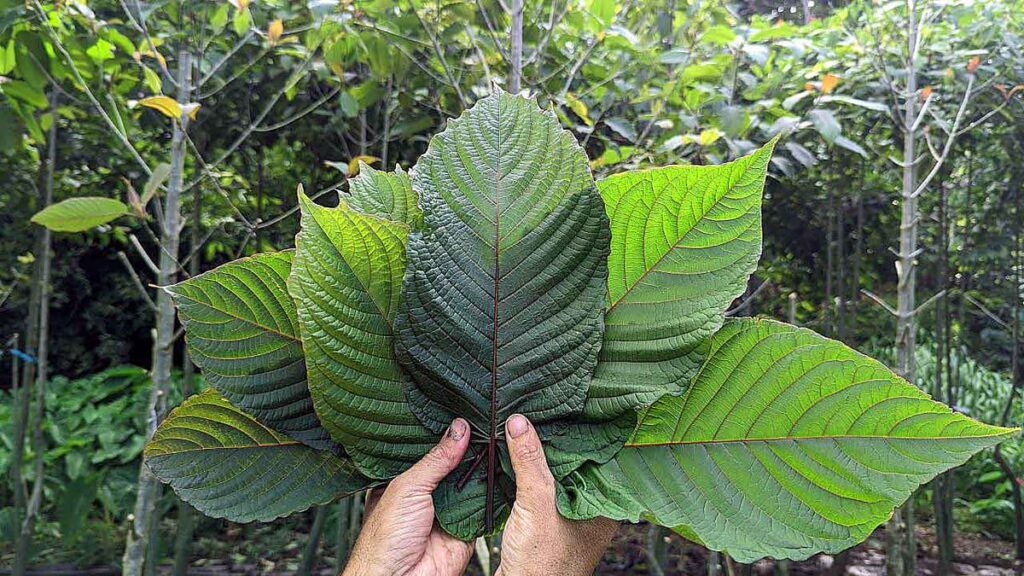
Important Bird Areas in Hawaii
Hawaii is home to numerous important bird areas that provide critical habitats for a variety of native and migratory bird species.
Haleakala National Park
Haleakala National Park, located on the island of Maui, offers diverse ecosystems and is a vital sanctuary for many of Hawaii’s bird species, including the Hawaiian honeycreepers.
Hanalei National Wildlife Refuge
Situated on the island of Kauai, the Hanalei National Wildlife Refuge is an essential bird habitat, particularly for migratory waterfowl. The lush wetlands and coastal areas provide resting and feeding grounds for these birds.
Kilauea Point National Wildlife Refuge
Kilauea Point National Wildlife Refuge on the island of Kauai is known for its iconic lighthouse and breathtaking views, but it also serves as an important breeding ground for seabirds such as Laysan albatrosses and red-footed boobies.
Oahu Forest National Wildlife Refuge
Located on the island of Oahu, the Oahu Forest National Wildlife Refuge safeguards critical forest habitat for a wide range of bird species, including the endangered Oahu elepaio.
Waikamoi Preserve
The Waikamoi Preserve, nestled in the lush rainforests of Maui, is a haven for native bird species. With its diverse vegetation and unique climate, this protected area provides a safe home for many of Hawaii’s endemic bird species.
Coral Reefs in Hawaii
Hawaii’s coral reefs are world-renowned for their biodiversity and beauty. These underwater ecosystems provide shelter, food, and breeding grounds for countless marine species.
Coral Diversity in Hawaii
Hawaii’s coral reefs are home to a remarkable diversity of corals, with an abundance of hard and soft coral species. Brilliantly colored and intricately shaped, these corals create a vibrant underwater landscape like no other.
Hawaiian Green Sea Turtles
The Hawaiian green sea turtles, or “honu” in Hawaiian, are a beloved symbol of the islands. These gentle giants can often be seen gracefully gliding through the crystal-clear waters surrounding the coral reefs, making them a favorite sight for snorkelers and divers.
Threats to Coral Reefs
Unfortunately, Hawaii’s coral reefs face a range of threats. Pollution, overfishing, destructive fishing practices, and climate change all contribute to the degradation of these fragile ecosystems.
Coral Reef Conservation
Efforts are underway to protect and restore Hawaii’s coral reefs. Conservation organizations, government agencies, and local communities are working together to implement sustainable fishing practices, reduce pollution, and raise awareness about the importance of preserving these valuable ecosystems.
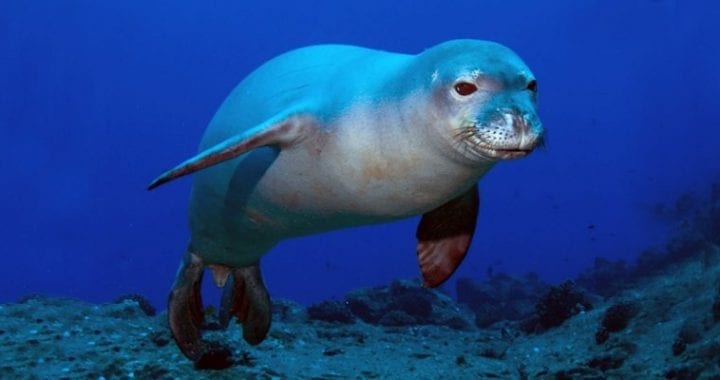
Unique Insects of Hawaii
In addition to its stunning flora and marine life, Hawaii also boasts a fascinating array of unique insects. Many of these insects have evolved in isolation and have distinct characteristics that make them truly extraordinary.
Kamehameha Butterfly
The Kamehameha butterfly, or Pulelehua, is one of Hawaii’s most famous insects. With its striking black and yellow wings, this butterfly is a symbol of Hawaii’s natural beauty.
Giant Hawaiian Centipede
The giant Hawaiian centipede, also known as the “Centipedes of Paradise,” is an impressive insect found only in Hawaii. Growing up to 8 inches long, this carnivorous centipede preys on smaller insects and serves as a natural pest control agent.
Hawaiian Happy Face Spider
The Hawaiian happy face spider, mentioned earlier in the article, is worth another mention due to its unique appearance. This tiny spider with its amusing facial markings can be found in the wet forests of Hawaii.
Io Moth
The Io moth, a vibrant and eye-catching insect, is often referred to as a “flying rainbow.” With its colorful wings and distinctive patterning, this moth adds a touch of natural beauty to the Hawaiian landscape.
Hawaiian Dragonfly
The Hawaiian dragonfly, or pinao in Hawaiian, is a captivating insect found exclusively in the islands. Known for their vibrant colors and graceful flight, these dragonflies are a delight to encounter.
Conclusion
Preserving Hawaii’s unique flora and fauna is of utmost importance. The islands’ biodiversity is not only a testament to the remarkable forces of evolution but also a crucial part of the local culture and heritage. As we navigate the future, it is essential that we address the threats facing Hawaii’s biodiversity, such as invasive species, habitat loss, climate change, and overharvesting. By supporting conservation efforts, raising awareness, and fostering a sense of stewardship, we can ensure that future generations continue to enjoy the wonders of Hawaii’s extraordinary flora and fauna. Together, we can protect and preserve this paradise for years to come.
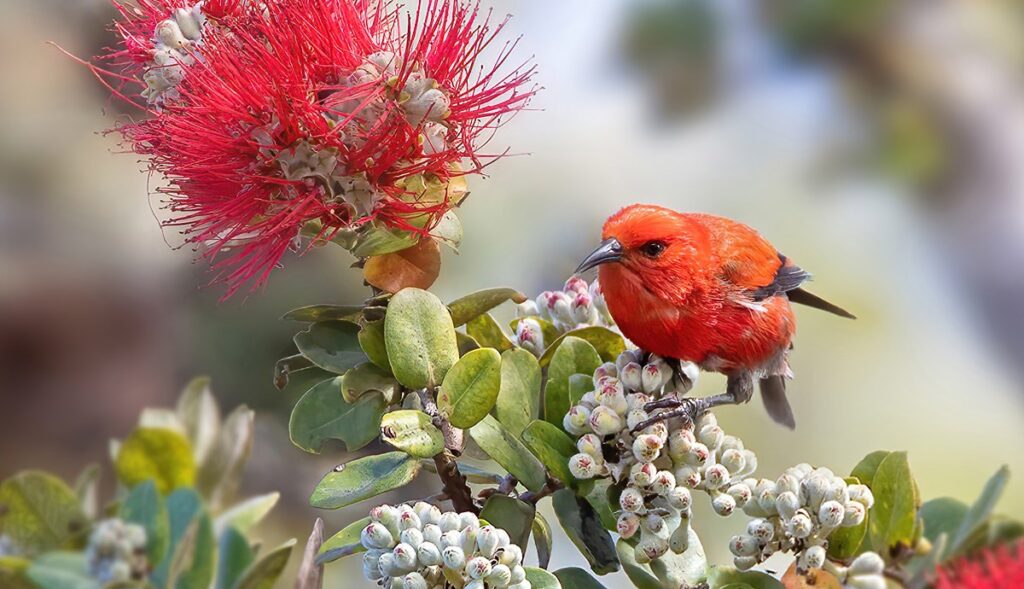
Importance of Preserving Hawaii’s Unique Flora and Fauna
The preservation of Hawaii’s unique flora and fauna is vital for a variety of reasons. Firstly, the islands’ biodiversity fosters balance and resilience within the ecosystems, ensuring the survival and flourishing of numerous species. Secondly, preserving Hawaii’s natural heritage not only benefits the local communities but also attracts tourists from around the world, enhancing the economy and cultural richness of the islands. Lastly, protecting Hawaii’s flora and fauna serves as a reminder of the delicate interconnections that exist in nature and the importance of our role as stewards of the environment.
Future Challenges and Opportunities
While significant efforts are being made to conserve Hawaii’s flora and fauna, future challenges and opportunities lie ahead. Continued vigilance against invasive species, urbanization, and climate change is crucial. Expanding conservation efforts, implementing sustainable practices, and fostering public engagement are essential to overcoming these challenges. By embracing these opportunities, we can ensure a bright future for Hawaii’s unique flora and fauna, enhancing the ecological well-being and cultural vibrancy of these remarkable islands.
